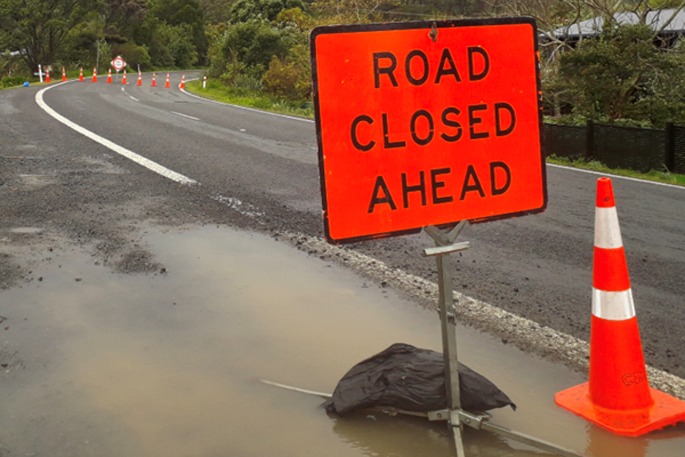By Jonathan Bhana-Thomson, CEO, NZ Heavy Haulage Association.
With the road maintenance season well underway, we are seeing a significant change in the way that road works are being undertaken – the increasing full road closures and detours to facilitate these works.
This is all very well for contractors and their staff, but they also need to consider the impact on road users such as us that must use alternate routes.
The NZ Guide to Temporary Traffic Management promotes a risk-based approach to identifying and managing risk for road workers. We advocate that a bigger picture of the risk needs to be included in the assessment that includes risks imposed on road users when they are directed onto alternative routes that could be longer or unsuitable for all road users.
In the case of the oversize transport industry, there are only a limited range of roads around the country we can use. Typically these are State Highways, but also some local roads – such as in Auckland, due to infrastructure restrictions on its motorways.
On some of our routes there is simply no suitable alternative detour routes, and in others there could be restrictions such as narrow bridges, weight restrictions on bridges, vegetation not maintained for good width and height clearances, and low overhead power cables.
In these cases, roading contractors needs to plan to allow oversize loads through their worksite. This can be on a pre-organised basis, or as simply as loads front up to the worksite. Most times, oversize loads arrive as a convoy of vehicles with load pilots and sometimes power escorts, and these will move through the worksite in a controlled and coordinated way, once the work crew is ready for them to come through. This could also apply to Stop/Go and contraflow arrangements where there is a stream of traffic is already passing through a worksite.
This is a safe practice for us and a project traffic management plan should include to allow this to happen.
If this is not in place, we are both faced with a lot more risk in regards to safety. In our experience – many detour routes used for closures have a lower speed profile due to the narrow, twisty nature of the road and its camber, and reduced visibility – all unsuitable for heavy vehicles to negotiate and unplanned for. Detouring can also result in heavy vehicles turning across other traffic, also increasing risk.
All this means that when a roading contractor is assessing the risk to safety of undertaking a road closure, they need to factor in the increased risk to road users of the alternate routes.
We are there to help you with this, so please call on our assistance for our assessment of the detour routes in terms of the increased risk for larger vehicles.
We are concerned that in these early stages of the implementation of the new Guide that there is a move to include more road closures as the go to way to manage the safety of workers on the road site, without the balancing assessment of the risk of using alternate routes.
In the case of oversize loads, the chances of being able to use an alternate routes are far less than for other road users.
So, please, on behalf of the members of the Heavy Haulage Association, include us in your plans around projects safety, particularly in regard to alternative routes.
Early engagement and discussion with us is the only way to ensure that this process is completed in time for both the safety of your roading sites and the heavy haulage industry.


Consideration of oversize load movers